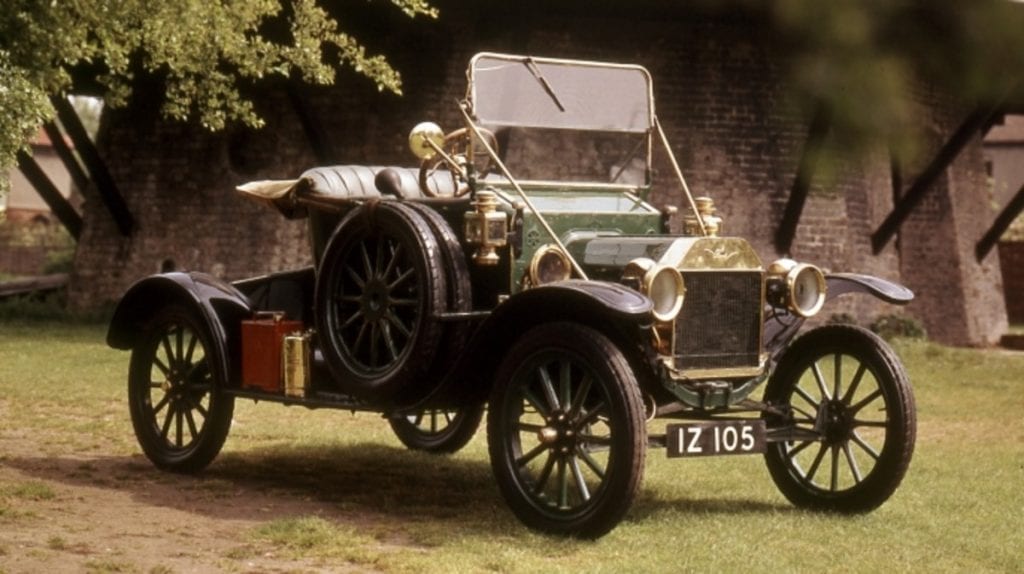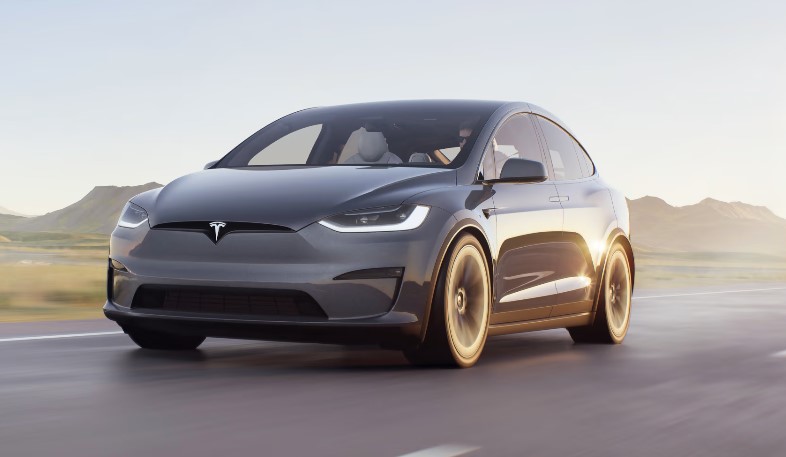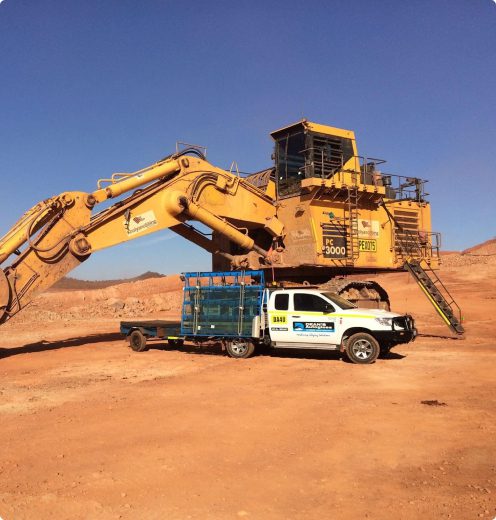A look at how technology has changed the way windscreens are produced
It’s funny to think that in 1904 the very first windscreen was no more than a thin glass pane that was only offered as an extra in the early Ford Model T cars.
Fast forward to 2019 and we now have rain sensing wipers, panoramic windscreens, smart glass, and much more.
As technology and innovative minds continue to propel the automotive industry forwards and upwards, the need for more has never been stronger.
A vehicle is no longer a shell with four wheels and an engine that takes you from A to B. It’s about how convenient, comfortable and easy your ride is as you go from one location to another.
It is quite clear that windscreen technology has become a fundamental part of car design and manufacturing, with most car companies including Mercedes, BMW and Tesla releasing new gadgets every year.
To give you a better idea of what to expect, we’ve decided to explore some of these new advancements to see how they can improve your drive.
The origin of the first windscreen: a glass pane

The first vehicles to hit the roads were not particularly fast, but that didn’t mean that drivers couldn’t get hurt by flying stones, insects and other airborne threats, no matter how small. This lead to the introduction of the first windscreen in 1904. It was not much more than a glass pane, similar to a normal house window. It was a divided pane of glass so that when the top half got dirty the driver could fold it down. Windscreens were only offered as an extra in the early Ford model T cars.
This system changed in 1915, when Oldsmobiles were sold with the top and windscreen as standard.
As cars became more commonplace, more injuries occurred. It became typical for drivers to be injured by pieces of flying glass after an accident, or by going head first through the windscreen, this was pre safety belts and was referred to as ‘the glass necklace’.
Then came laminated glass windscreens
After many accidents and pressure from the public, Henry Ford started to seek out an improved version of the windscreen. As most cars were now glass, the demand was growing and glass became hard to come by; it also became prohibitively expensive. Over time, methods did improve and by late 1919 the Ford company started using laminated glass, which over the next 10 years became a feature in all Fords.
Numerous changes were subsequently made over the years, and in 1937 the use of safety glass was made compulsory for all vehicles.
Followed by tempered glass
A significant breakthrough was made in 1938 when Pittsburgh Plate produced tempered glass which was significantly more shatter resistant than regular glass. Despite its added attributes, this glass (Herculite) was thinner than laminated glass and much cheaper to produce.
Windscreen Tints & dye Films
This windscreen took another leap forward when Studbaker produced the first curved windshield in 1947. Another 10 years on and manufacturers started adding tints to the windows, especially the top portion to reduce glare.
Nowadays the windshield is quite different, often bigger and more raked. Manufacturers also cover the windshield with a dye-film to reduce infrared rays and prevent too much heat entering the vehicle.
Rain sensing wipers
The name says it all, rain sensing windscreen wipers that turn on automatically when it starts to rain, but how? Sensors are installed on the windscreen which measure the amount of rain that gathers on the windscreen using an infrared beam of light that detects how much light is reflected back through the glass. The more water on the glass, the less light is reflected, which in turn activates the wipers, adjusting it’s frequency according to the amount of water on the windscreen.
You’re probably thinking how will this benefit me? It removes one less thing you have to think about when navigating through extreme weather conditions, which improves on your safety and wellbeing on the roads.
If you’re looking to upgrade your car, check out the best 4WD in Australia (link to Total 4×4 Article), featuring the Ford Ranger with rain sensing wipers.
Panoramic windscreens

Revolutionising the automotive industry one Tesla at a time, Model X in particular, and at the helm of innovation is Tesla CEO, Elon Musk. What truly stood out for us on this one was the Model X’s panoramic windscreen that provided 31 square feet of uninhibited visibility which stretched overhead the driver and passenger, and past the roofline.
It allows the driver to see not only the road but everything outside of the car, giving ample natural light without blinding it’s occupants. The windscreen comes with solar tinting which darkens the glass based on sun intensity, and has an adjustable sun visor to block direct sunlight at any angle.
However, if you’re in Australia you’ll have to wait till 2020 and beyond before you can get your hands on the Tesla Model Y or X.
Electrochromic glass
Also known as smart glass or switch glass, allows drivers to limit the amount of sunlight coming into the vehicle at the touch of a button. Electrochromic glass utilises special solar film that has been inserted between layers of windscreen laminate that can be electronically controlled to filter out more or less light.
This innovative technology allows ample natural light into the vehicle while reducing energy costs to operate the air conditioning within the car. It gives drivers the ability to adjust the tint on the windscreen and side windows when needed, effectively increasing visibility and decreasing glare, creating a safer more comfortable drive for all occupants in the vehicle.
Advances in automation means drivers will no longer need to respond to environmental factor — so you won’t have to adjust the sun visor every time your vision is impaired by the sun’s glare.
Heat reflecting laminated glass

XIR heat reflecting laminated glass has been designed by us to improve the safety and wellbeing of heavy machinery operators in the commercial, civil and mining industry.
The innovative technology effectively reduces cabin intrusion, which is a high risk factor in the industry, provides thermal comfort by reducing solar heat gain by over 55%, and has exceptional noise cancellation properties.
XIR glass is a high performance laminated glass which has been designed, developed and stringently tested by Dean’s Autoglass Perth to improve workers safety, minimize operator fatigue and to effectively increase productivity in a high risk environment.
Over the last 100 years, the evolution of the windscreen has undergone many changes, from the very first windscreen in 1904 to automated windscreens in 2019. The underlying factor throughout history and all it’s innovation has been to improve the safety of drivers and passengers, while providing a more comfortable and convenient drive.
No doubt the windscreen will have a few surprises for us as technology and safety methods improve. In the meantime, if you want your windows tinted or glazed, contact the local experts at Dean’s Autoglass.
